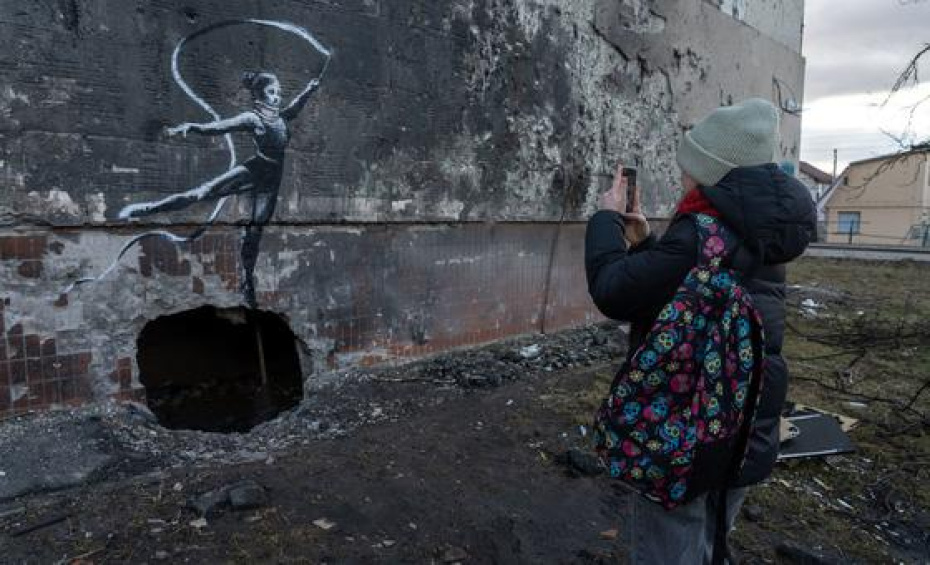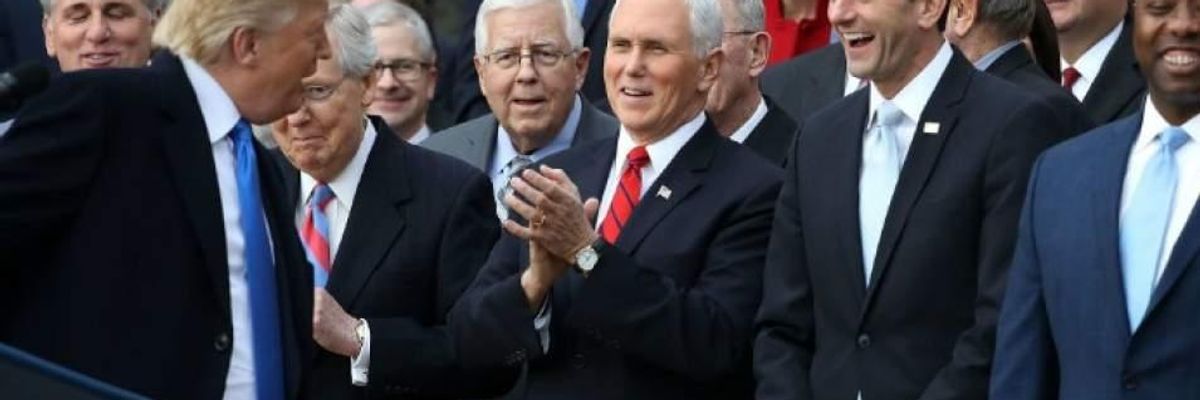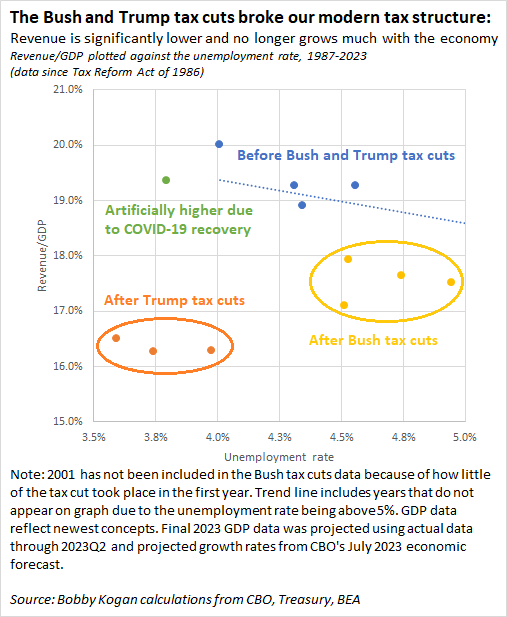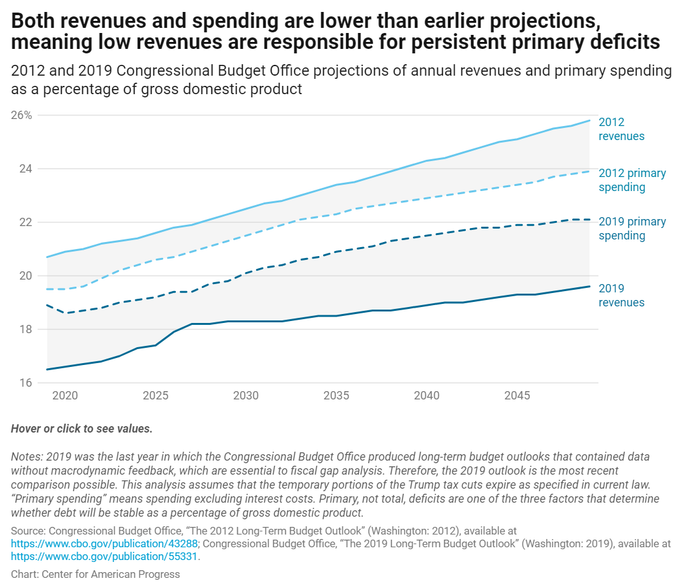
October 22, 2023
By Arab News
By Hafed Al-Ghwell
As technology becomes increasingly central to our lives and economies, the demand for rare earth elements and other critical mineral resources — essential raw materials that underpin the global transition to the low-carbon economies of the future — has grown exponentially. These critical minerals are the lifeline of technologies ranging from semiconductors, flash memory and fiber optics to electric vehicle batteries and smartphones. As a result, competition for these assets is reshaping the geopolitical and geoeconomic landscape, far offsetting the conventional hegemony of oil, and laying out the contours of the next global resource scramble.
To meet goals laid out in the Paris Agreement, it is believed that 80 percent of confirmed fossil fuel supplies will need to stay in the ground. Yet, as we transition from these traditional energy sources to more sustainable alternatives, such as solar, wind, and geothermal energy, the demand for certain minerals and metals is set to balloon, which will likely transform Africa into a battleground for competing hegemonies seeking to monopolize the lifeblood of future economies. By 2050, we could need close to 3 billion tons of metals such as lithium, cobalt and vanadium, which are useful in storing energy. Minerals such as manganese and graphite, which are essential for these new technologies, are found in abundance on the African continent, in addition to copper and other materials like indium, selenium and neodymium that are used in the manufacture of wind turbines and solar panels.
For optimists, such conditions could set Africa up for success as the world speeds up the move toward eco-friendly energy solutions. It will not be a new phenomenon, either, since the continent’s large deposits of gold, silver and other metals remain a wellspring of raw materials that fuel current manufacturing processes across the globe. The extraction and export of these materials continues to play a significant role in Africa’s economic lifeline, driving exports, earning revenue, and contributing largely to gross domestic product. To date, minerals and fossil fuels made up over a third of all exports for most African countries. Moreover, a striking 42 out of 54 African countries depend heavily on these resources, with minerals providing a significant amount of revenue, foreign currency and jobs.
Yet, despite holding such abundant natural wealth, Africa remains disadvantaged on a global scale and struggles to fully capitalize on its resources. This is mostly because, while its abundance is phenomenal, Africa still lacks the capacity and technology to develop these raw materials into more valuable finished products. This has limited the continent’s opportunities to grow economically and to carve a more substantial place for itself in global supply chains. However, the global thirst for climate-friendly technologies and the will to transition away from energy sources that contribute to climate change presents a golden opportunity.
The continent could tap into its near limitless potential and become a focal point in the manufacture of everything from solar panels to batteries for electric vehicles. The growth of these clean energy industries carries a promise of industrial and employment expansion, which will then go on to secure unprecedented levels of socioeconomic development and prosperity. Countries well-endowed with these vital minerals could attract substantial investments not only in the extraction of these resources, but also in advanced sectors that rely on them. Africa’s natural wealth, therefore, offers an opportunity to play a lead role in driving investments, and spearheading domestic and regional industrial evolution and growth. To harness this opportunity fully, African countries need to beef up their manufacturing prowess, ramp up production, and encourage exports by bolstering domestic and cross-border collaborations and supply chain linkages.
Simply put, the African continent is increasingly indispensable, and the supply-chain risks stemming from the monopolization of these resources by a few countries such as China and Russia pose a significant threat of disruption to the global semiconductor and electric vehicle markets. China currently commands the lion’s share of the global market for critical minerals — extracting 60 percent and processing about 80 percent of them — in addition to investing billions in Africa to fuel its ambitious Digital China strategy. Beijing’s practices occasionally raise eyebrows for capitalizing on soaring demand, political leverage, governance challenges, and exploiting cheap labor. Russia is not far behind, its footprints evident in deploying thousands of Wagner Group mercenaries to guard mineral resources.
Even the US, a mostly distant “partner” of the continent, cannot escape the surge of interest and attention in Africa, given that its countries have the minerals that will power the modern world. Recognizing Africa, specifically North Africa, as a crucial strategic partner can help Western economies in mitigating their dependencies on a single nation or region. The Maghreb countries are well-positioned to serve as a gateway to Africa, despite not possessing vast reserves of these crucial minerals. They already serve as crucial gateways, both for the in and outflow of people and resources. In the future, their position will be critical in facilitating investments, talent growth, tech advancement and enabling the all-important trading markets for Africa’s huge, untapped mineral wealth deposits.
To unlock the potential of these resources, the US and Western countries should incentivize and strengthen collaborative private-sector partnerships with African nations that share democratic and rule-of-law values. For instance, Africa’s landmark African Continental Free Trade Area can be leveraged to support semiconductor, flash memory, and consumer electronics supply chains.
The far-seeing efforts by Western multinationals in the 1970s and 1980s offer valuable lessons for today’s context. By establishing manufacturing hubs and R&D centers in ASEAN countries, they kick-started the growth of these economies. Fostering a similar approach by encouraging multinationals to invest in Africa can yield the twofold benefit of growing the local economies while reducing dependency on Eastern powerhouses. For instance, Google, Microsoft and IBM have already begun making inroads by opening R&D labs in various African countries. Intrinsic in this strategic equation is the clear message that critical minerals have not merely evolved as the new oil but also as crucial geopolitical pivot points. The traditional oil-driven geopolitics is giving way rapidly to geostrategic competition over these prized resources.
Thus, the international spotlight on Africa’s potential is not just a reflection of its burgeoning promise but also a smoking gun pointing to the heightening political and economic dynamics shaping the world. Major global and regional forces are fortifying their footprints in Africa, staking claims in strategic areas, increasing their soft power, and going all-in to compete for influence and projects. The Maghreb countries are not immune to these global dynamics and, in many ways, are in the thick of the action. In aiming to act as the continental gateway, they will continually find themselves assuming center stage in an escalating global scramble for Africa’s future riches.
Increasingly, foreign powers, from China, Russia and the Gulf states, see Morocco and its Saharan neighbors as a strategic playground between the West and Africa, making these nations increasingly important players in these geopolitical and economic games. Just as Morocco and others vie to be Africa’s portal, the broader North Africa region itself could also become a highly contested ground, especially if its countries endeavor to facilitate Africa’s rise on the world stage. To be the conduits for Africa’s potential should be seen not just as an opportunity, but also as a great responsibility.
Africa is no longer on the sidelines of the global scheme but rather the center of the attention. No longer does the old tag, “the forgotten continent,” hold. Instead, it is being sought after with such intensity that this renewed attention threatens to outweigh the continent’s capacity to absorb and utilize it effectively. This is where the Maghreb’s strategic geographical advantage can be harnessed by leveraging the subregion as an entry point, intermediary market, and a channel for investment and technology transfer, opening up unexplored opportunities. Ambitious but strategic planning, investment, and collaboration could steer these countries to become the custodians of the African resource map while serving their significant role in clean energy transformations across the globe.
• Hafed Al-Ghwell is a senior fellow and executive director of the North Africa Initiative at the Foreign Policy Institute of the Johns Hopkins University School of Advanced International Studies in Washington, D.C., and the former adviser to the dean of the board of executive directors of the World Bank Group.
Arab News is Saudi Arabia's first English-language newspaper. It was founded in 1975 by Hisham and Mohammed Ali Hafiz. Today, it is one of 29 publications produced by Saudi Research & Publishing Company (SRPC), a subsidiary of Saudi Research & Marketing Group (SRMG).
















